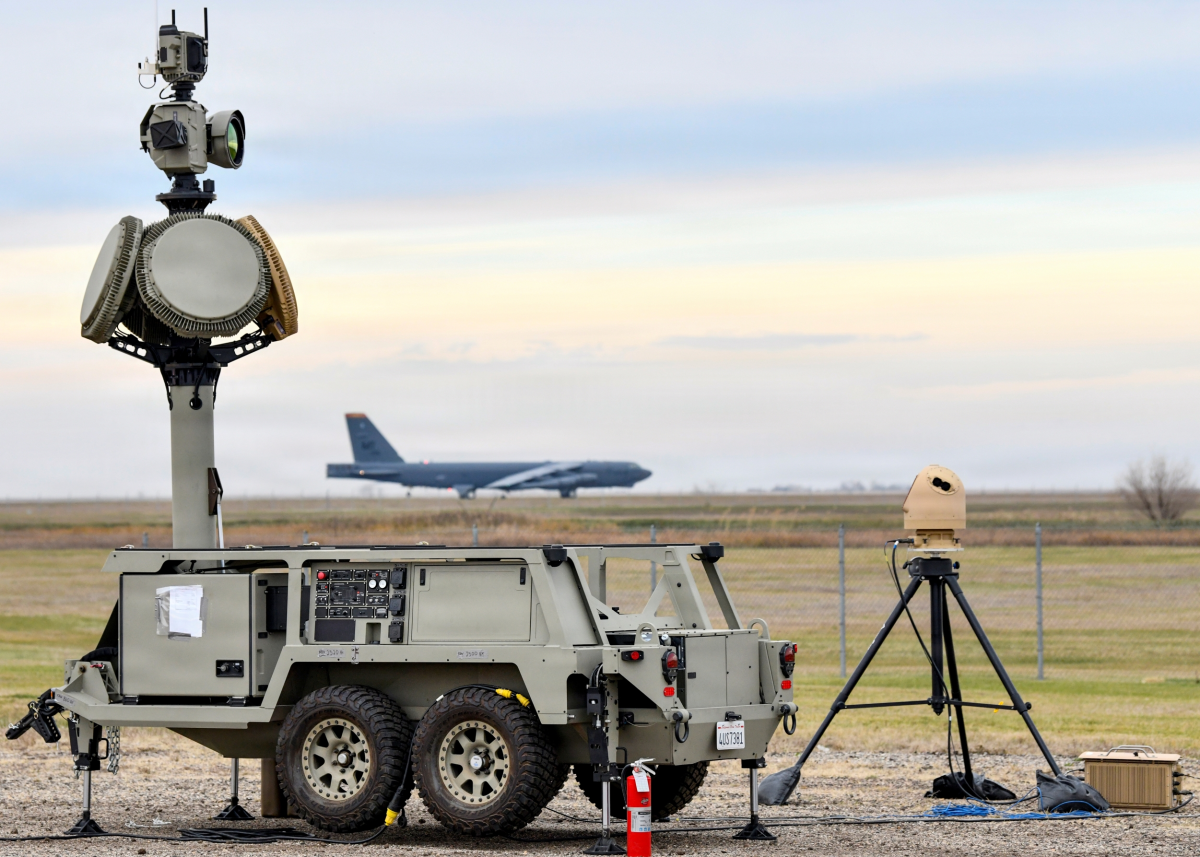Copyright Newsweek

The United States recently conducted a counter-drone drill at a nuclear force base after Russia experienced a "Pearl Harbor" moment when its bomber fleet came under attack. The U.S. Northern Command, which is tasked with homeland defense missions, said a counter-small unmanned aerial system (C-sUAS) team successfully engaged more than 100 targets of interest at Minot Air Force Base, North Dakota, between October 21 and 27. The base is the only U.S. Air Force facility that hosts both nuclear-capable bombers and nuclear-armed intercontinental ballistic missiles, providing a strategic deterrent. Why It Matters The rapid development of drone technology has raised security concerns in recent months about aerial incursions into key military and civilian facilities in the West—including nuclear power plants, airports and a base believed to host U.S. nuclear weapons. The Russia-Ukraine war has demonstrated the effectiveness of drone warfare. In June, Ukraine carried out a large-scale, coordinated drone assault on Russian air bases that Kyiv said struck over a third of President Vladimir Putin's nuclear-capable bombers. The unprecedented drone attack, described by Russian military observers as "Russia's Pearl Harbor," a reference to Japan's surprise air raid on the U.S. in December 1941, has highlighted the urgency of fortifying U.S. military airfields overseas and at home. What To Know The October exercise marked the first time the 11-person team of operators from the U.S. Northern Command deployed with a C-sUAS flyaway kit, capable of detecting, tracking, identifying and mitigating drone incursions at the country's military facilities. According to the U.S. Northern Command, the flyaway kit combines sensors and effectors, including Anvil drone interceptors that can operate autonomously to counter potential threats, to provide 360-degree coverage with the support of artificial intelligence. The exercise evaluated the entire deployment process, from loading the equipment for transport and completing counter-drone missions at the North Dakota base to returning to Colorado Springs, Colorado, where the U.S. Northern Command is headquartered. Officially released photos show the C-sUAS flyaway kit deployed at Minot Air Force Base while B-52H bombers conducted flight operations, demonstrating the team's ability to quickly support a base during a drone incursion, according to a photo caption. The counter-drone exercise also addressed what the U.S. Northern Command described as "the complexities of federal statutes and interagency partners," ensuring the base commander was operating under the proper authorities to protect the base from drones. Under the federal statute, base commanders have the authority to defend against drone incursions, but the Pentagon must coordinate with the Department of Transportation and the Federal Aviation Administration to obtain the authority to engage the threat. General Gregory Guillot, the commander of the U.S. Northern Command and the North American Aerospace Defense Command, said the drill certified that the team was operational, capable of rapidly deploying and providing drone detection and defeat capabilities. What People Are Saying General Gregory Guillot, the commander of the U.S. Northern Command and the North American Aerospace Defense Command, said in a news release: "I'm proud of the [U.S. Northern Command] fly-away team and what they've been able to do in a short amount of time. The validation and certification of our Counter-small UAS fly-away kit is an important step in being able to support installation commanders within the United States as they defend against drone incursions." Major Austin Fairbairn, a U.S. Air Force missileer working in the U.S. Northern Command's Theater Security Cooperation office, said in a news release: "We brought together a group of people from different career fields, military services, and an assortment of personalities and turned them into a high-functioning team of C-sUAS professionals." What Happens Next It remains to be seen how the U.S. military will further strengthen the defense of its bases in Europe, the Middle East and the western Pacific near its adversaries.



